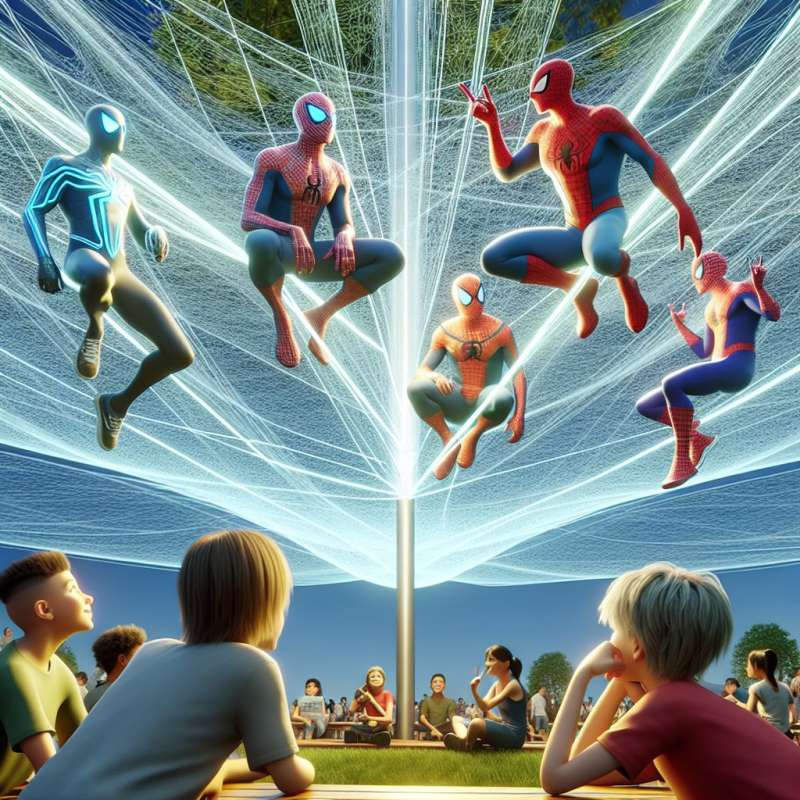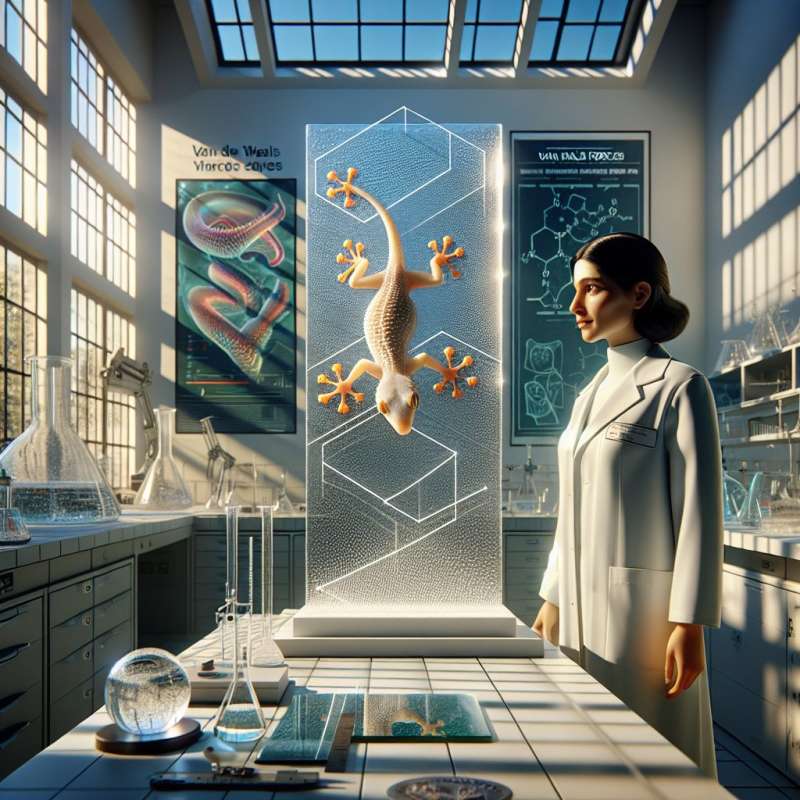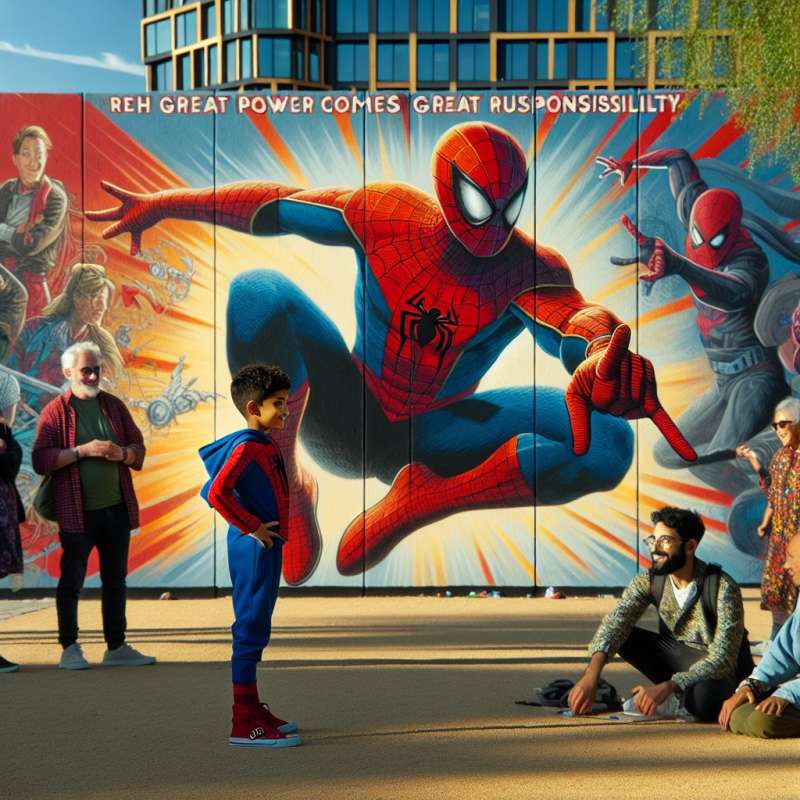
Spider-Man's Creation
Did you know? Spider-Man was created by writer Stan Lee and artist Steve Ditko in 1962. He first appeared in 'Amazing Fantasy' #15. Lee and Ditko wanted a hero that teenagers could identify with.
Unique Superhero Identity
Spider-Man broke the mold by being one of the first superheroes without the typical 'perfect' persona. His alter ego, Peter Parker, faced real-life issues like loneliness, making him relatable.
Inspiration Behind the Mask
Spider-Man's iconic mask serves a dual purpose: it conceals his identity and represents the universal underdog, allowing any person to imagine themselves as the hero.
Multiverse of Spider-Men
Spider-Verse is a groundbreaking concept in Spider-Man lore. It connects different Spider-Man versions from various dimensions, expanding the character's reach and diversity.
Wall-Crawling Scientifically Explored
Scientists have studied Spider-Man's wall-crawling ability, linking it to the 'Van der Waals' force, which allows geckos to adhere to surfaces at a molecular level.
Spider-Man's Web Formula
Peter Parker's web formula is not just fiction. Researchers are developing synthetic polymers that mimic spider silk's strength and flexibility, with potential real-world applications.
Global Cultural Impact
Spider-Man transcends comics, influencing fashion, language, and even philosophy. He exemplifies the hero's journey and the responsibility that comes with power.
Who co-created Spider-Man in 1962?
Stan Lee and Jack Kirby
Stan Lee and Steve Ditko
Steve Ditko and Jack Kirby
Company